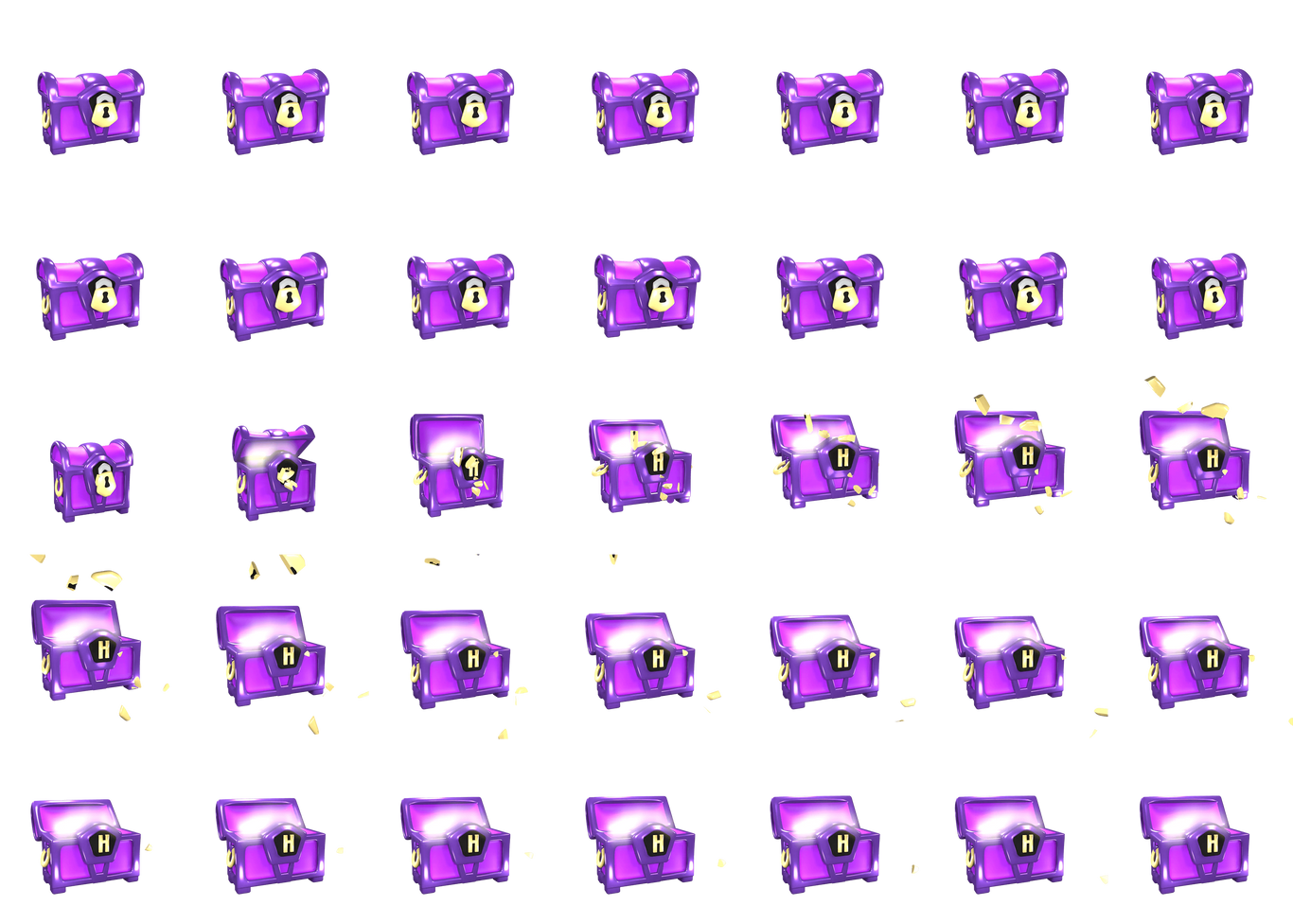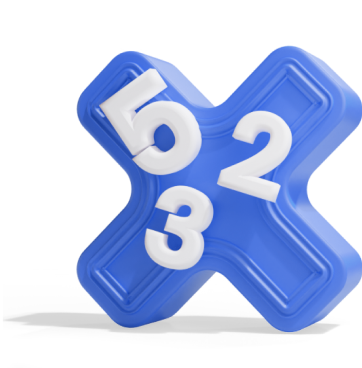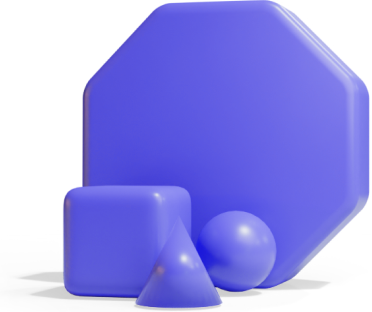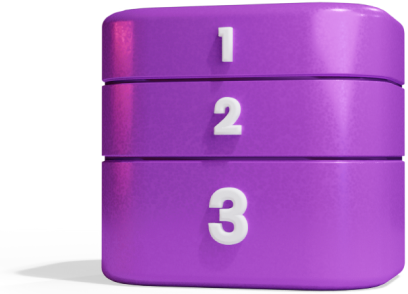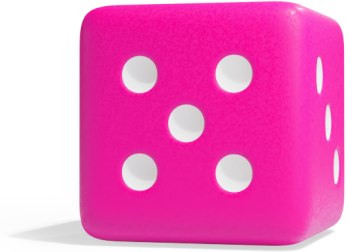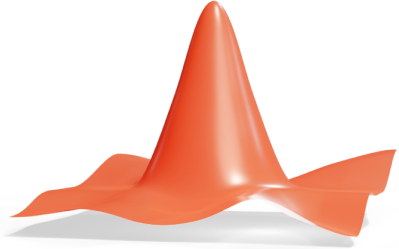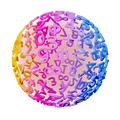Numbers and Quantities
Making estimates involves choosing numbers that are easier to do calculations with, to make your answer approximately the same as the exact answer. Until now, you have only chosen larger numbers when making estimates. Now I will teach you when to choose smaller numbers when you make your estimates!
To make the estimate as correct as possible, it’s important to follow some rules.
Rule
Rounding
- 1.
- As you can choose both larger and smaller numbers for your estimates now, you should follow the rules for rounding.
- 2.
- When you make estimates to see if you can afford to pay for something, you have to make sure that the estimate is larger than the original price.
- 3.
- To avoid not having enough money when you approach the check-out, it pays off to round more up than down, even though it’s not strictly by the rules. Overriding the rules like this is called “to exercise discretion”.
We often round up or down to the closest ten or hundred. Which one we choose depends on the price. When we talk about items from the grocery store, it’s natural to round to the closest ten. If it’s about new skiing equipment for several hundred or thousands of dollars, it can be better to round to the nearest hundred.
Example 1
Some examples of rounding to the nearest ten:
-
becomes after rounding, because is the closest ten.
-
becomes after rounding, because is the closest ten.
-
becomes after rounding, because is the closest ten.
-
becomes after rounding, because is the closest ten.
Notice that in the last example, we round the number up, even though 50 and 60 er equally close to 55. That is because we always round up when we are in the middle.
Example 2
Some examples of rounding to the nearest hundred:
-
becomes after rounding, because is the closest hundred.
-
becomes after rounding, because is the closest hundred.
-
becomes after rounding, because is the closest hundred.
-
becomes after rounding, because is the closest hundred.
Example 3
You have in your wallet, and you are about buy a soda for and a chocolate bar for . Do you have enough money to buy both?
$ becomes $ after rounding. $ becomes $ after rounding.
According to the calculation, you should have enough money to purchase both the soda and the chocolate bar. But if you calculate how much it’s actually going to cost, you get
which actually means you would not have enough money for both the soda and the chocolate. This is the reason why it’s better to round up rather than down when you are at the store.
Example 4
You have in your wallet, and you want to buy new skiing equipment for and some ski wax for . Do you have enough money to buy both?
$ becomes $ after rounding, and $ becomes $ after rounding.
According to the estimate, you should have enough money to buy both the skiing equipment and the ski wax. But if you calculate how much they’re actually going to cost, you get
which actually means you would not have enough money for both the skiing equipment and the ski wax. This is the reason it’s better to round up rather than down when you are shopping.
